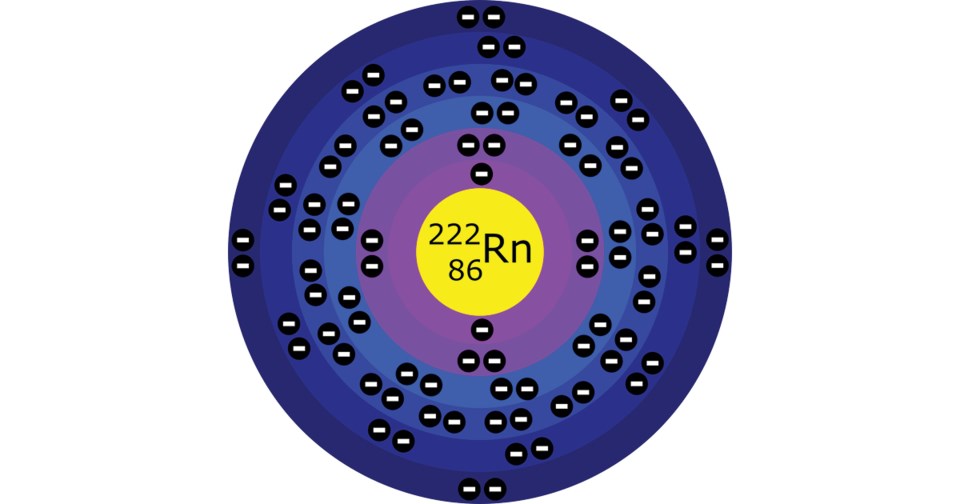HUMBOLDT — Homeowners have a lot to deal with when it comes to keeping their homes safe.
For Saskatchewan homeowners, Saskatchewan is a hotspot for radon emissions which is why homeowners need to test for radon, said Jill Hubick, manager of community and patient engagement with the Lung Association of Saskatchewan.
Radon occurs naturally in the environment and is produced through the breakdown of uranium. According to the 2011 Cross-Canada Survey of Radon Concentrations in Homes, Saskatchewan, Manitoba, Yukon and New Brunswick have the high percentage of participant homes that tested above Canadian radon guidelines.
According to this study, one in three homes were above radon guidelines, Hubick said.
“Saskatchewan residents have a higher rate of exposure to radon for a few different reasons; we have a lot of uranium in our soil which is where radon comes from and we spend a lot of time indoors when our homes are sealed up,” Hubick said.
Of course levels vary across the country, let alone across the province. Regina has some of the highest levels of radon in Saskatchewan, Hubick said, with half the homes tested having levels above Canadian guidelines.
Radon is invisible, tasteless and odourless, and exposure does not cause conventional symptoms compared to things like carbon monoxide poisoning.
“There are no short term signs and symptoms,” Hubick said, “often when we have any signs or symptoms of lung cancer, the disease is usually at a later stage.”
It is much easier to prevent lung cancer than treat it, Hubick said, which is why early detection of radon in people’s homes is so important.
More and more people are testing their homes as they begin to understand the dangers of radon, Hubick said, but there are still too few homeowners performing these tests.
“We know that 60 per cent of homes have carbon monoxide detectors, however, under 10 per cent of the province have tested for radon according to the last report that I have seen.”
This same lack of testing is happening in Humboldt homes, said Mike Kwasnica, Humboldt’s fire chief.
There are both long term and short term tests available but Hubick encourages everyone to perform long term tests to truly understand where radon levels are at.
While everyone should be testing for radon, homes built following the new 2010 building code have built in radon mitigation; a vapour barrier under cement slabs with a tube in order to control radon levels when radon is found.
Kwasnica said they recently tested five random homes in Humboldt for radon using a 72 hour kit. All five homes had some level of radon present, even though most were at lower levels. Kwasnica said he still wants to see more radon testing done in Humboldt homes.
There are no safe levels of radon and there isn’t an exact science to knowing which homes have radon, Kwasnica said. The only thing to be done is to test for it and weigh your solutions from there.
Hubick encourages those homeowners with high levels of radon to hire certified radon proficiency experts to come in and assist in radon management. These professionals are listed on CNRPP.ca and can help homeowners develop the best solutions for radon reduction that works for them.




